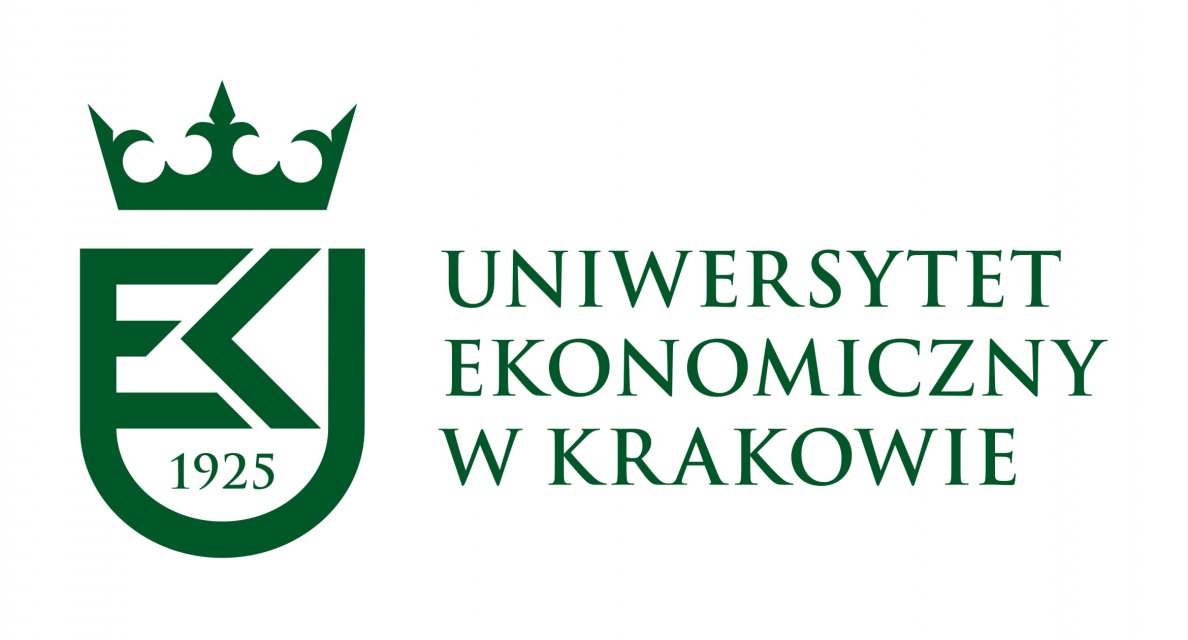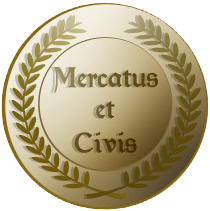
| ||||||||||||
|
Learning Outcomes Objectives and goalsClick to read
At the end of this module you will be able to: Know about government crisis support mechanisms STATE AID TO CO-FINANCE THE JOBS What is State-aidClick to read
State aid is aid granted by the state or from state sources, which infringes or threatens to distort competition by favoring certain enterprises or the production of certain products. State aid may be granted in particular in the form of: The entities granting aid should be understood as public administration bodies and other entities that are authorized to provide aid, including a public entrepreneur. Assistance is most often provided as a result of making a decision or signing a contract. Source: https://www.sejm.gov.pl/sejm8.nsf/BASLeksykon.xsp?id=6C69A9C632BBC917C1257A59003DD1CF&litera=P Attention: Information on all aid programs notified to the European Commission, EC decisions approving aid, legal acts and explanations related to public aid granted to entrepreneurs who have suffered as a result of COVID-19 can be found here: https://ec.europa.eu/competition-policy/state-aid/coronavirus_en USING ANTI-CRISIS INSTRUMENTS Click to read
THE CONCEPT OF AN ENTERPRISEClick to read
Can you determine the status of your company?
The concept of an enterprise The well-established jurisprudence of the CJEU shows that for the purposes of EU competition rules an enterprise is any entity that carries out an economic activity independently its legal form and method of financing and that all entities that are controlled (legally or de facto) by the same entity should be treated as a single enterprise. THE SIZE OF THE ENTERPRISEClick to read
The size of the enterprise is influenced not only by the number of employees, but also by the annual turnover or the annual balance sheet of the enterprise as well as links with other entities (personal, capital, organizational, economic). CUMULATION OF AIDClick to read
Before submitting an application for state aid, the entrepreneur should get acquainted with the general rules of aid accumulation, because the Temporary Framework defines its maximum values that can be used by an enterprise within individual sections (types of aid).
HOW DO I GET STATE AID ?Click to read
THE CONDITIONSClick to read
The conditions that must be met in order to benefit from the support differ depending on the country - the basic premise is, however usually the need to suspend activities or reduce it to a significant extent (which is usually measured by a decrease in turnover by specified percentage). The design of subsidy programs varies in some countries the programs are rather of a horizontal nature and many governments offer subsidy support dedicated to entities from selected sectors. Source: Nicolaides, P. (2020a). Application of Article 107(2)(b) TFUE to Covid-19 Measures: State Aid to Make Good the Damage Caused by an Exceptional Occurance. Journal of European Competition Law & Practise, 11(5–6). http://doi.org/10.1093/jeclap/lpaa026
FINAL STAGEClick to read
ANTI-CRISIS SHIELDSClick to read
ANTI-CRISIS SHIELDS SOLUTIONSClick to read
SOLUTIONS IN THE FIELD OF TAX POLICYClick to read
In order to counteract the effects of COVID-19, a very wide range of solutions in the field of tax policy was applied. For example, we can indicate: ► temporary exemptions from the obligation to settle certain tax liabilities, by lowering tax rates; LABOR MARKET SUPPORT INSTRUMENTS Click to read
Labor market support instruments that help to sustain employment or subsidize wages. Solutions whereby governments finance part of people's salaries are popular part-time workers or compensate for the employee costs incurred in connection with the layoffs medical (e.g. Italy). Some countries rely on pre-existing programs in this regard (Spain expanded the ERTE program, Italy relies on the Cassa Integrazione fund). Such aid measures generally support directly entrepreneurs, but their final beneficiaries are, of course, employees. The state usually only compensates part of it remuneration for a specified period and up to a specified amount. Equally popular are solutions consisting in exemptions from the obligation to pay advances for income tax and social security contributions, sometimes they take the form of deferring the maturity of tax liabilities or lowering the applicable rates. Solutions of this type have been used by, among others Spain, Italy. Various types of subsidies for working parents who have to close their schools are also popular arrange care for their children.
ANTI-CRISIS SOLUTIONS Click to read
MAINTENANCE OF JOBS Click to read
EVALUATION OF THE SUPPORT MECHANISMS Click to read
Conclusions Key takeawaysClick to read
The anti-crisis shields covered changes from various areas of the economic system |
Test Yourself! 
Description:
The Polish legislator introduced special support instruments in connection with the spread of the SARS-CoV2 virus. The first four anti-crisis shields were adressed to all employers, the following anti-crisis shields were adressed to employers of most vulnarable sectors, especially touristic sector, culture institutions, gastronomy etc. There were also some special simplier instruments for MSME.
Keywords
State aid, Anti-crisis Shields, Reliefs for MSMEs
Bibliography
Coronavirus (COVID-19): SME Policy Responses, OECD, updated 15 July 2020
OECD SME and Entrepreneurship Outlook 2021
Dębkowska, K., Kłosiewicz-Górecka, U., Szymańska, A., Ważniewski, P., Zybertowicz, K. (2021), Tarcza Antykryzysowa... Koło ratunkowe dla firm i gospodarki?, Gniazdowski, M., Kubisiak, A., Kutwa, K., Rybacki, J. (współpr.), Polski Instytut Ekonomiczny, Warszawa
Buendia, J.L. i Dovalo, A. (2020). State Aid Versus COVID-19. The Commission Adopts a Temporary Framework. European State Aid Law Quarterly, 19(1).
Nicolaides, P. (2020a). Application of Article 107(2)(b) TFUE to Covid-19 Measures: State Aid to Make Good the Damage Caused by an Exceptional Occurance. Journal of European Competition Law & Practise, 11(5–6). http://doi.org/10.1093/jeclap/lpaa026
http://doi.org/10.1093/jeclap/lpaa026.
 Play Audio
Play Audio 














